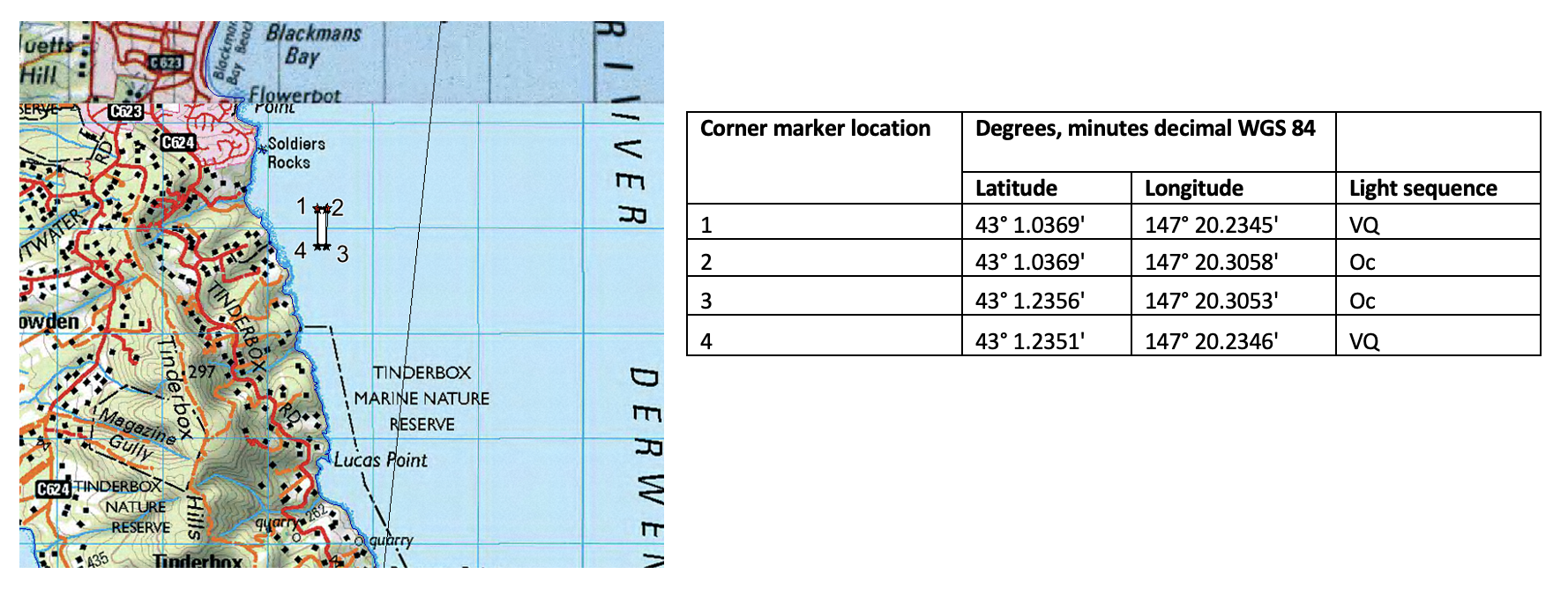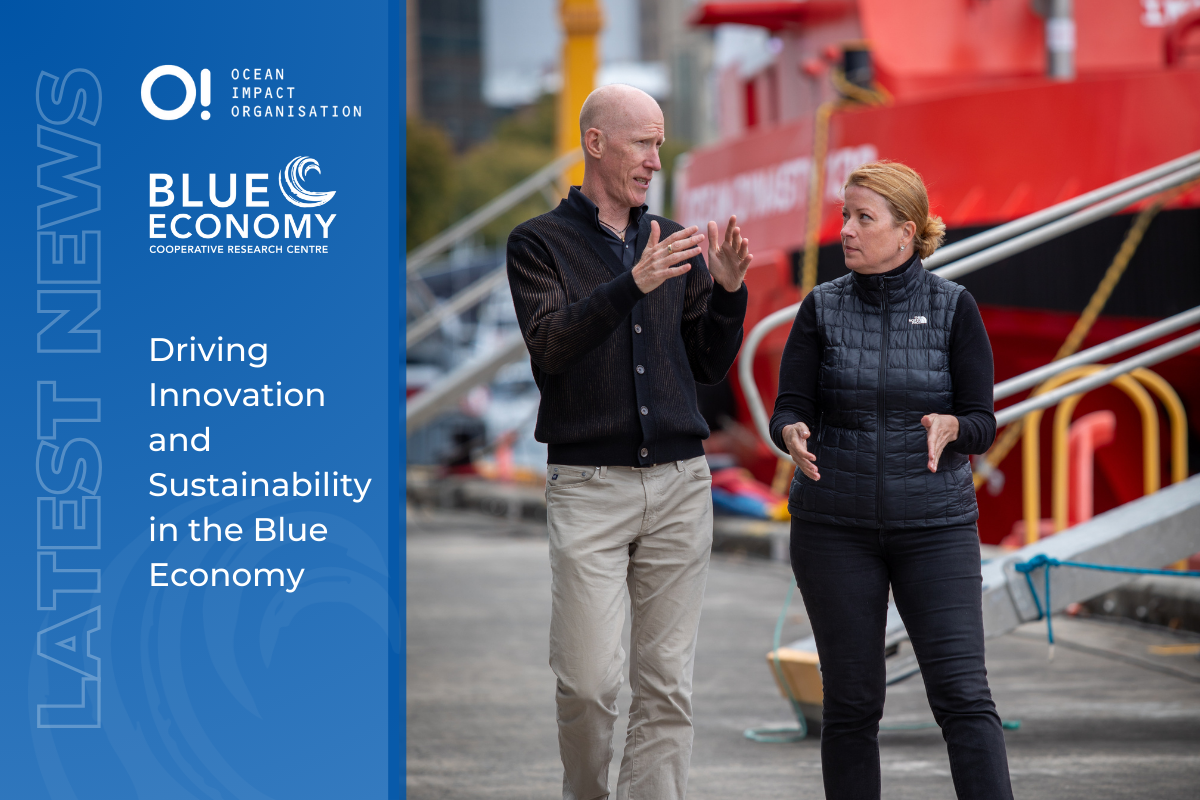The Department of Natural Resources and Environment Tasmania has issued a scientific permit to deploy marine infrastructure as part of a research program on growing kelp. The research site, south of Blackmans Bay and north of the Tinderbox Reserve, will be used for developing technologies suitable for commercial-scale offshore kelp production.

- The recent approval of a scientific permit by the Tasmanian Government moves Tasmania a step closer to playing its part in this global nature-positive industry.
- Kelp farming aligns with nature and climate goals as well as market aspirations and could unlock countless green jobs in Tasmania and other states.
- Despite the global seaweed farming boom, efforts in Australia to develop commercial-scale offshore kelp farming are in their infancy.
- Globally, understanding the role of kelp in nature-positive solutions to climate and food security challenges is driving innovation into large-scale farming operations, and research into sending carbon to the seafloor, de-acidifying oceans and supplying oxygen to surrounding waters.
The goal is to develop, test and demonstrate technologies for offshore kelp mariculture in Tasmania or other offshore environments, that are scalable, economically viable, achieve positive environmental outcomes, attract strong public and market support and are supported by the rightsizing of policy and regulatory frameworks.
Research lead, Professor Craig Johnson from the Institute for Marine and Antarctic Studies at the University of Tasmania states,
“If done correctly, growing kelp at commercial scale can yield significant positive environmental outcomes as well as positive social and economic results”.
“We have much to learn about how to do this most efficiently and effectively, and this research allows those initial careful steps to be taken in establishing some necessary foundations which can potentially help the industry to grow quickly”.
“In a broader context, kelp mariculture at commercial scale has the potential to contribute positively to some of the large existential challenges facing society as a whole, namely the biodiversity, food security and climate crises”.

The research project infrastructure includes three small rings (18 m diam) and associated moorings plus an underwater array consisting of 60 m long grow lines at a depth of ~10 m.
The corners of the area will be marked for navigation purposes in accordance with advice from Marine and Safety Tasmania (MAST). Whilst vessels are not prohibited, mariners are encouraged to navigate with caution in the area and should not anchor within the research zone. Adequate signage will be installed on the infrastructure in due course.
Weather permitting, anchors will be deployed mid-June with planting of microsporophytes (baby kelp) immediately following.
View the MAST Notice to Mariners
More about this project:
The Developing Production Systems for Offshore Kelp Mariculture project will review, design and trial offshore production systems for kelp mariculture, further select kelp genotypes to cope with ocean warming, assess the performance and potential impact of the kelp production system, and use these empirical measures to model production, environmental impacts (positive and negative) and economic viability of kelp mariculture at commercial scales.
Keep up-to-date via the project page for regular updates.






